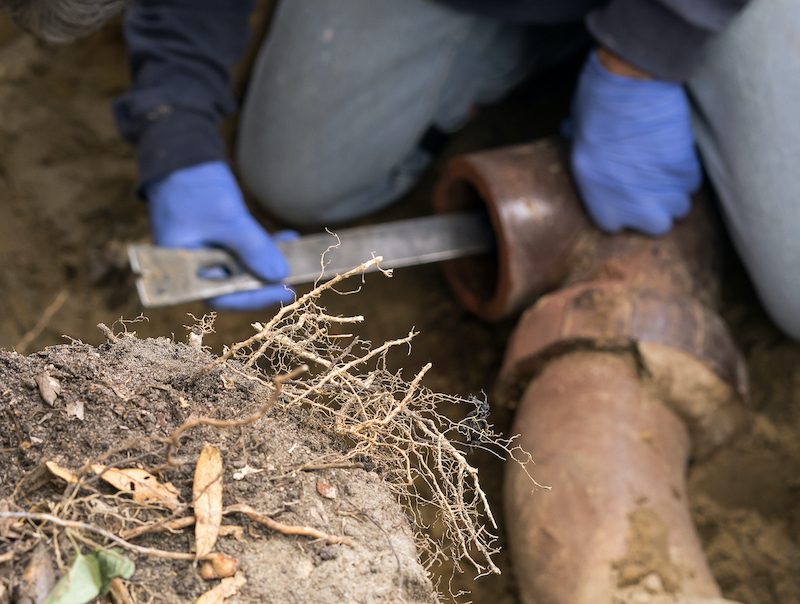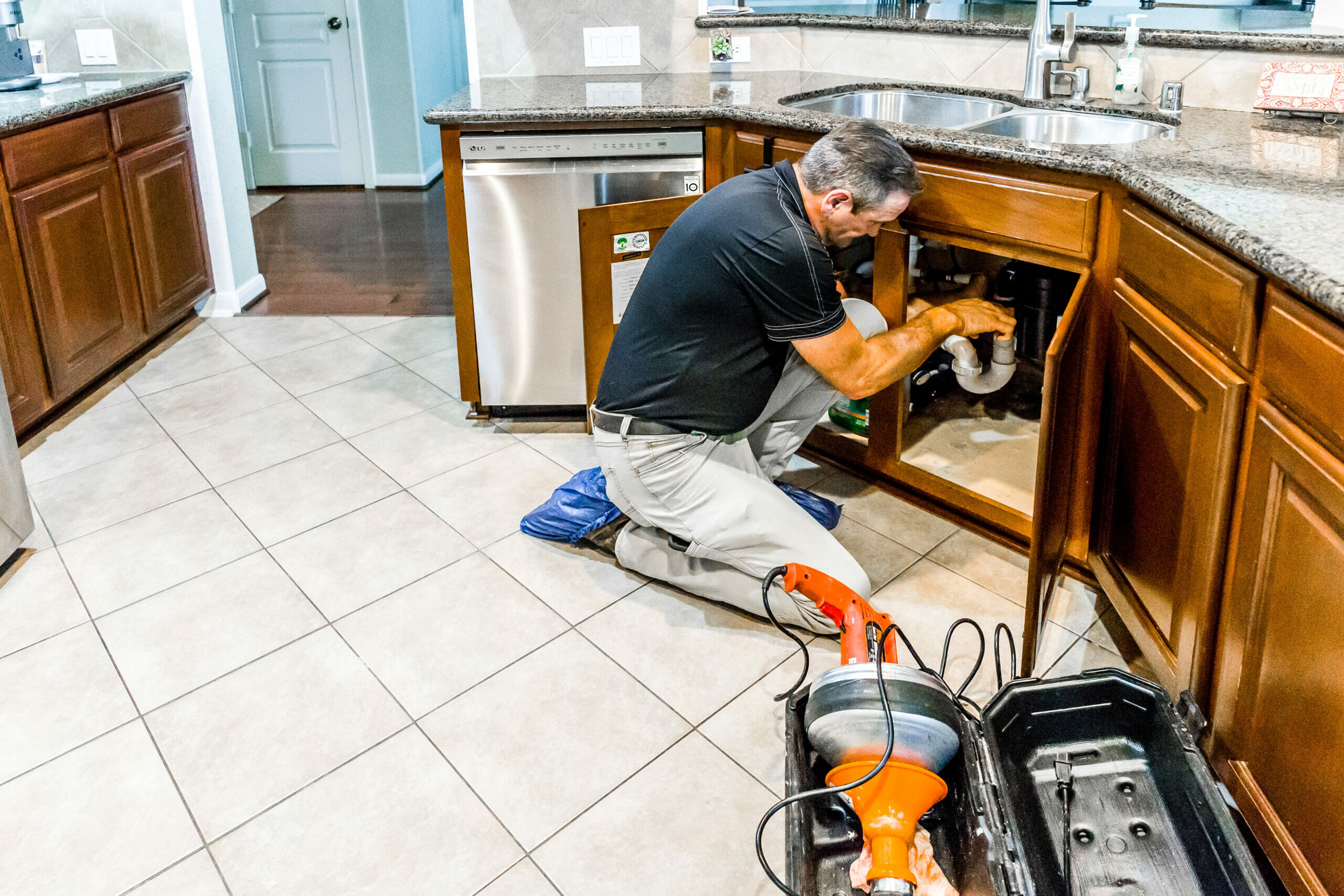Ways to Efficiently Manage Plumbing Issues in Older Homes
Ways to Efficiently Manage Plumbing Issues in Older Homes
Blog Article
We've encountered this great article about Common Plumbing Problems in Older Homes down the page on the web and reckoned it made good sense to share it with you on this page.

Older homes commonly include appeal, character, and background, but they can also bring a host of plumbing issues. Whether you're handling aging pipes, low tide pressure, or leakages, understanding exactly how to deal with these common issues is essential to keeping a safe and useful home. In this guide, we'll discover the normal plumbing obstacles faced by older homes and give useful remedies to keep your plumbing in leading shape.
Understanding Typical Pipes Problems
Aging Pipelines
One of the most common concerns in older homes is maturing pipelines. Depending on the period in which your home was constructed, the pipes may be made from products that have weakened gradually, such as galvanized steel, cast iron, or perhaps lead. These materials can rust, come to be fragile, or create leakages, leading to water damages and prospective carcinogen.
Low Water Pressure
If you're experiencing low water stress, it could be as a result of mineral deposits, rust inside the pipes, or old fixtures that are no longer working effectively. This can be a major trouble, specifically in locations like showers and sinks.
Dripping Pipelines
Leakages are an additional regular problem in older homes, commonly brought on by rusty or damaged pipelines. Also small leakages can bring about substantial water damages, mold and mildew development, and boosted water bills if not dealt with quickly.
Out-of-date Fixtures
Outdated pipes fixtures such as faucets, toilets, and showerheads not only look old yet might additionally be much less efficient, vulnerable to leakages, or inappropriate with contemporary plumbing standards.
Pipeline Rust
Corrosion is a common trouble in older pipelines, especially those made from galvanized steel or cast iron. Corroded pipes can restrict water flow, create staining, and ultimately result in leaks or pipeline bursts.
Analyzing the Problem of Your Plumbing
Inspecting Noticeable Pipelines
Begin by examining any kind of noticeable pipes in your home, such as those in basements, crawl spaces, or under sinks. Try to find indicators of deterioration, leaks, or rust, which can suggest underlying concerns.
Checking for Leaks
Check for leaks by checking locations around taps, bathrooms, and under sinks. You can likewise check your water meter before and after a period of no water use to detect surprise leakages.
Water High Quality Testing
Older pipes can influence the high quality of your water. Conduct a water high quality test to look for pollutants such as lead, corrosion, or other contaminations that might be introduced by maturing pipelines.
Solutions for Common Plumbing Concerns
Replacing Aging Pipes
If your home has old, wearing away pipelines, consider changing them with modern-day materials like copper or PEX. This can be a significant financial investment, however it will certainly stop future issues and improve the safety and security and dependability of your pipes system.
Taking Care Of Low Water Stress
To repair low water pressure, begin by cleaning or changing old fixtures and getting rid of mineral accumulation in the pipes. If the issue continues, it might be required to change sections of corroded pipelines.
Repairing and Replacing Dripping Pipes
For tiny leaks, you can utilize pipeline clamps or epoxy putty as a momentary fix. Nevertheless, it's best to replace dripping pipes totally to prevent further damages.
Upgrading Fixtures
Updating old fixtures to modern-day, water-efficient versions can enhance your home's pipes performance and lower water usage. Look for components with the WaterSense label for the very best effectiveness.
Handling Pipe Rust
If your pipelines are rusted, changing them with corrosion-resistant materials like copper, PVC, or PEX is the very best option. Regular examinations and water quality maintenance can assist protect against further deterioration.
When to Call a Specialist
While some plumbing problems can be taken care of with DIY options, there are times when it's best to call in an expert. If you're managing major leaks, comprehensive rust, or are unclear regarding the problem of your pipelines, a licensed plumbing can supply experienced assessment and repair work.
Preventive Upkeep Tips
Normal Inspections
Frequently check your pipes system for indicators of wear and tear. Catching concerns early can prevent expensive repairs down the line.
Water Stress Regulation
Ensure your water stress is within the advised array to avoid worrying your pipelines and components. A plumbing technician can install a pressure regulatory authority if required.
Water High Quality Maintenance
Set up water filters or softeners if your water high quality is poor. This can secure your pipelines and components from damages brought on by hard water or contaminants.
Proactive Pipe Replacement
If your home has very old pipes, take into consideration aggressive substitute prior to significant concerns develop. This can save you from emergency situation repair services and water damages.
Final thought
Handling pipes issues in older homes needs a combination of caution, preventive upkeep, and prompt upgrades. By recognizing the typical difficulties and understanding when to look for professional help, you can guarantee your plumbing system continues to be practical and trusted for several years ahead.
Common Plumbing Issues in Older Homes and How to Fix Them
Owning an older home in Australia comes with its unique charm and a set of challenges, especially when it comes to plumbing. The Sunshine Coast has many older properties that can harbour plumbing problems that aren t just inconvenient but potentially costly. Here s a look at some common plumbing issues in older homes and expert advice on how to handle them.
Outdated Piping Materials
Many older homes were built with galvanised steel, cast iron, or even lead pipes, materials that are far from ideal by today s standards. Galvanised pipes are prone to corrosion and clogging, while lead pipes pose serious health risks.
How to Fix:
Replacing old pipes is a job for a professional. Upgrading to copper or PVC piping not only enhances water quality and flow but also increases the property s safety and value. If you suspect your home has outdated materials, a licensed plumber can conduct a thorough inspection and recommend the best course of action.
Corrosion and Pipe Degradation
Over time, exposure to water and minerals can cause pipes to corrode, leading to leaks, bursts, and water contamination. Corrosion is especially common in homes over 50 years old.
How to Fix:
Regular inspections can catch early signs of corrosion. If corrosion is found, the affected section of piping often needs to be replaced. For homes with extensive corrosion, a complete plumbing overhaul might be necessary. It s crucial to consult with a plumbing expert to understand the extent of the issue.
Tree Root Intrusion
Older neighbourhoods usually have mature trees whose roots can intrude into pipe lines, causing blockages or damage. This is particularly problematic for sewer lines, where roots seek out water sources.
How to Fix:
A plumber can use a specialised camera to inspect sewer lines for root intrusion. If roots are a problem, methods like root cutting or hydro-jetting can clear the obstruction. In severe cases, part of the pipe may need replacing. Consider root barriers around the piping to prevent future issues.
Inadequate Water Pressure
Low water pressure in older homes can be due to various factors, including corroded water lines, sediment build-up in pipes, or outdated fixtures.
How to Fix:
First, check if the low pressure is isolated to one area or throughout the house. Replacing old fixtures can sometimes resolve the issue. However, if the problem is more widespread, it might be due to sediment or corrosion. Flushing the system or replacing the affected pipes usually restores normal pressure. Again, a professional assessment is advisable.
Outdated Fixtures
Older homes often feature fixtures that are not only visually dated but functionally inefficient. This includes everything from toilets and taps to showerheads and washing machine hoses.
How to Fix:
Updating these fixtures can improve both water efficiency and the aesthetic appeal of your home. Modern fixtures are designed to conserve water, which can significantly reduce your water bill and lessen your environmental impact.
Conclusion
Maintaining the plumbing in an older home requires a proactive approach. Regular checks and updates are key to preserving these beautiful properties. If you re facing plumbing issues in your older home, it s best to call on experienced professionals like Green & Gold Plumbing & Gas. With the right expertise, even the most daunting plumbing problems can be resolved, ensuring that your home s character is maintained while its functionality is enhanced.
https://gandgplumbing.com.au/common-plumbing-issues-in-older-homes-and-how-to-fix-them/

I was guided to that editorial about Plumbing Problems In Old Homes through a buddy on a different web page. Are you aware of anybody else who is inquisitive about Plumbing Issues in Older Properties and How to Fix Them? Do not hesitate to share it. Thanks a bunch for being here. Revisit us soon.
This Website Report this page